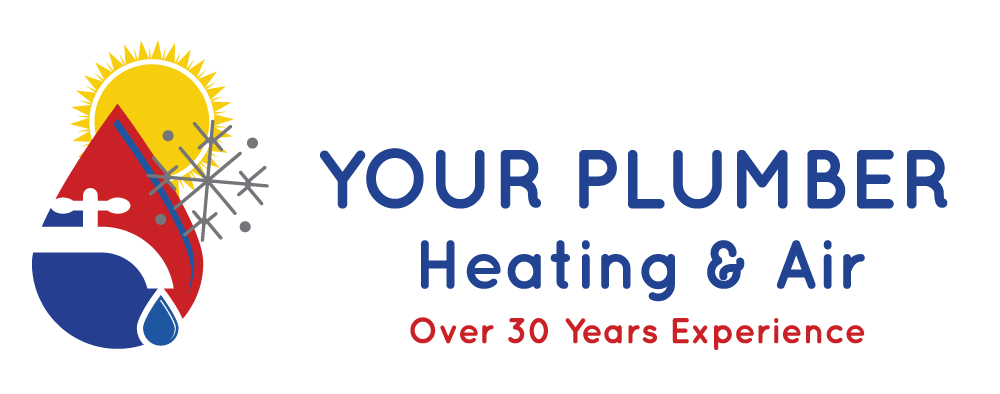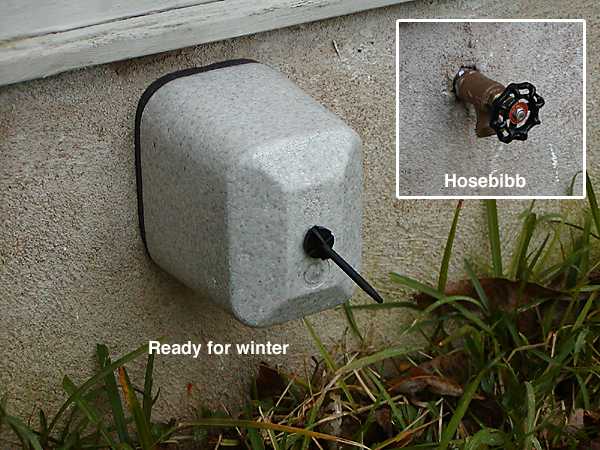Winterizing Your Home Plumbing
Flagstaff can experience temperatures below freezing as early as October right into May so it is important to winterize your plumbing system and avoid any unnecessary leaks or fractures.
Benjamin Franklin once said ‘An ounce of prevention is worth a pound of cure’ – and we happen to agree with him when it comes to plumbing! Water damage caused by broken or leaking pipes is quite common in the winter months, and is something that is preventable with a few precautions.
Insulation In and Around Your Home
Insulate any pressurized pipes in your home that run inside an exterior wall in cabinets, a bathroom, laundry room, kitchen or garage. While they most likely were when the home was built, it's worth a quick inspection.
Also, insulate any exposed plumbing in your attic from cold air. Ensure that any visible cracks and openings where cold air may enter are covered or filled with insulation.
Be sure to keep the temperature in your home at 55°F or higher to avoid freezing pipes.
Pipes and appliances that are in an area exposed to colder temperatures, such as a water heater in an outdoor closet, should also have all exposed pipes insulated.
Disconnect and store outdoor hoses for the winter. It is also beneficial to cover all outdoor hose bibs with hard faucet covers to prevent damage to the faucet from freezing temperatures. Installation is easy with no tools required and the covers are relatively inexpensive.
Do you own a Vacation or Second Home?
Here are some tips when leaving your home for an extended period of time.
We always recommend using your main waterline shut off when it's necessary to turn off all water to your home. Once the water is off, turn on a faucet to allow the water to drain and release the pressure from your pipes.
Set all of the house thermostats to 55°F or above.
Be sure to have your furnace checked out yearly by a licensed HVAC contractor to insure the safety and dependability of your furnace.
Turn down the temperature on your water heater to the 'vacation' or 'low' setting.
In the winter months, open cabinet doors where plumbing is located along the exterior walls in order to allow heat inside.
When to Call Your Plumber
If you don’t have a main waterline shut off or you are unsure if you do, call a plumber to find out if you do have one or to have one installed.
A main water shut off is necessary to have the ability to shut off your water in an emergency. Please note: We are not referring to the city shut off that is typically in a meter box at the front of your home; the city shut off is for the use of city employees only.
If you hear running water and no toilet, faucet, dishwasher, or washing machine is in use. This could be a sign that there is a leak somewhere in your home that may not be visible to you.
If you see visible water damage, such as flooding, or a visible split in a pipe.
If you turn on a faucet and water doesn’t flow out. First check to make sure that your main water shut off hasn’t been turned off. If it is on, your pipes may be frozen.



